Eat more fish.
Consuming wild-caught fish on a regular basis can significantly increase your consumption of healthy, anti-inflammatory omega-3 fats which is so important for overall health. Too many people don’t like fish, and to be honest, this makes me sad. So in this post is a delicious fish recipe to try!
But let’s talk a little bit more about the fabulous health benefits of eating fish.
Omega-6 fats + omega-3 fats. What are they and why should you care?
Omega-3.
Dietary fats are a topic most people are either confused about or unaware of. Healthy anti-inflammatory omega-3 fats are lacking in most of our diets which may be contributing to the health crisis we’re currently experiencing. And as a nation we are grossly over-consuming pro-inflammatory omega-6 fats which are contributing to inflammation + chronic disease.
Eating fat is an important part of having a healthy diet, but it’s the healthy fats we need to be consuming more of, while limiting the unhealthy ones. Let’s look at omega-3 and omega-6 fats. Omega-3 fats [specifically EPA and DHA] are one of the healthiest fats you can eat. They’re found most abundantly in wild-caught seafood. There’s also another healthy omega-3 fat [ALA or alpha-linolenic acid] which is found in foods like flax and chia seeds. The bottom line is that we want to be consuming more healthy fats that contain bioavailable EPA and DHA. And it’s worth noting that ALA can be converted to EPA and DHA in the body, but not very efficiently. So while it’s great to get some healthy fats from flax, getting your omega-3’s from wild-caught seafood or a high quality fish oil is ideal.
Omega-6.
Then there’s the pro-inflammatory omega-6 fats which we’re mainly consuming from processed foods + vegetable oils. Long before the introduction of processed foods, humans ate plenty of high quality omega-3 fats from sources like wild-caught fish. And we ate very few low quality, inflammatory omega-6 fats from things like processed vegetable oils [canola oil, corn oil, soybean oil, vegetable oil, sunflower oil, safflower oil, cottonseed oil]. Now that are diets are significantly higher in omega-6 fats, we’re seeing an alarming number of people suffering from chronic inflammatory conditions such as heart disease, diabetes and even obesity.
And why should you care about all of this? The main reason is because high quality omega-3 fats are shown to have some great anti-inflammatory benefits. And if you aren’t consuming enough, you may fall victim to one of the many chronic inflammatory diseases we’re seeing today.
Omega-6 to Omega-3 fat ratio.
An idea omega-6 to omega-3 ratio is 1:1, but the sad news is that the average American is consuming closer to 20:1 omega-6 to omega-3. Do you see how this may be causing some issues? Especially issues regarding chronic inflammation. Too often I see clients who are battling a chronic inflammatory condition and who don’t understand how diet can play such a huge role. The good news is that we can make some changes to the diet and dramatically decrease inflammation!
Balancing fats for better health.
So how do you eat more anti-inflammatory omega-3 fats and less of the pro-inflammatory omega-6 fats? First we need to see which foods contain which fats.
Omega-6 foods to limit.
- vegetable oils [safflower, sunflower, corn, cottonseed, soybean, canola]
- processed/packaged foods containing these vegetable oils – read your food labels!
- restaurant/fast food that contain vegetable oils
Omega-3 foods to eat.
- wild-caught fish
- high quality fish oil supplement – ask me about fish oil supplements that I recommend!
- seeds [flax, chia, hemp]
Now that we know how great wild-caught fish is for us, let’s get to the good stuff. The recipe.
[the spice of life.]
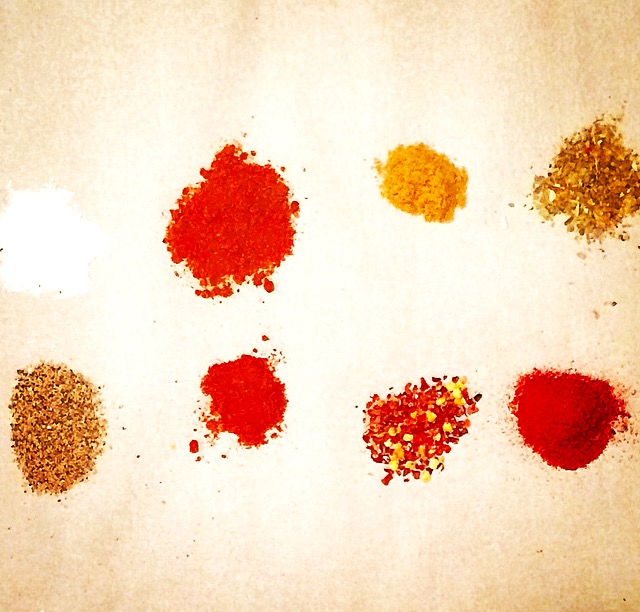
Spice mixture.
For this recipe I combined many of the spices that I use on a regular basis. And of course added an extra kick of heat with the cayenne pepper because that’s what my husband loves. Feel free to omit or decrease the amount of cayenne or red pepper flakes if you’re not a fan of spicy food.
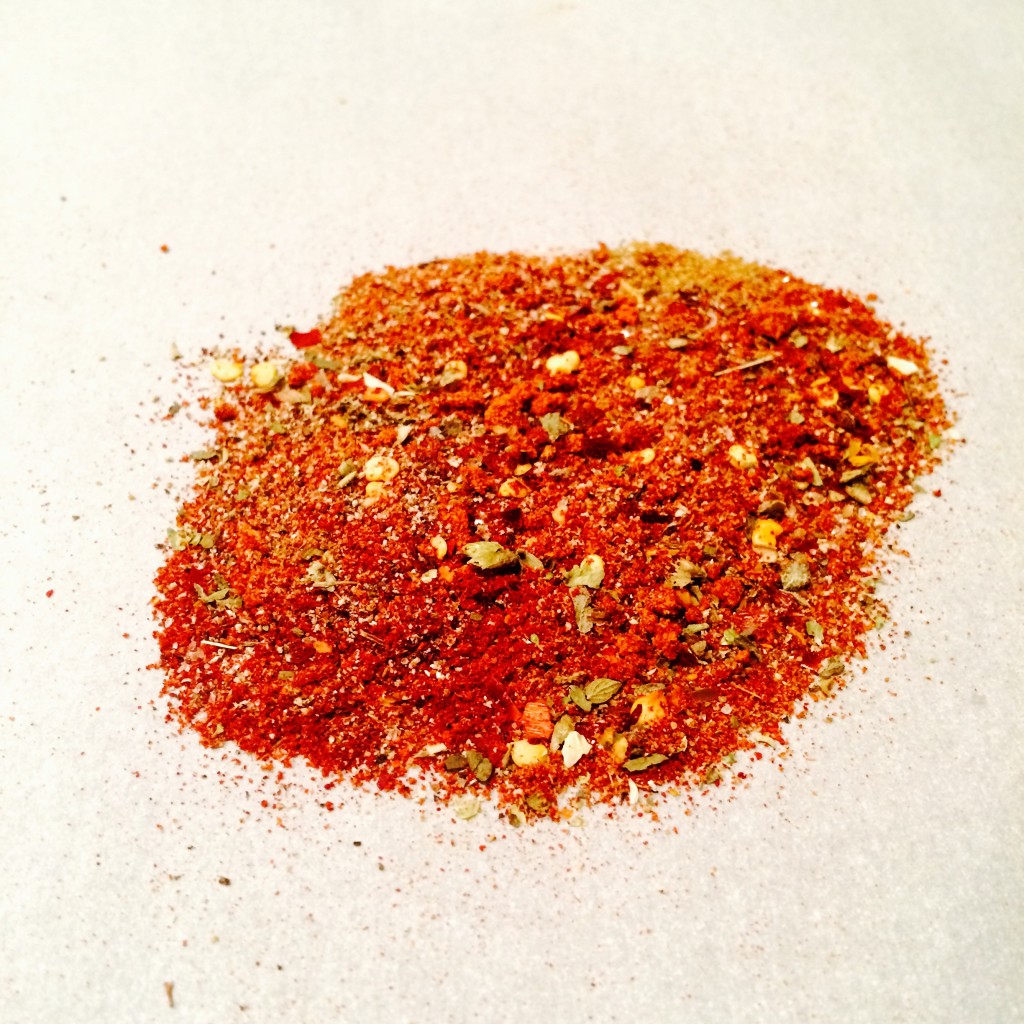
Make sure you always purchase wild-caught fish [not farm-raised..and definitely steer clear of any fish with color added!]. Or better yet, catch your own fish if you’re lucky enough! Whether or not you purchase your fish fresh from the seafood counter or frozen, the label will tell you whether it’s wild or farmed. Wild-caught means just that; the fish was literally “caught in the wild.” Eating wild-caught fish is the way nature intended it to be and will ensure you’re getting the highest quality nutrients. Farm-raised fish are not in their natural habitat, they may be fed an inadequate diet, and who knows what else. So please, just stick with the wild-caught. Your health will thank you.
[wild-caught salmon. love.]
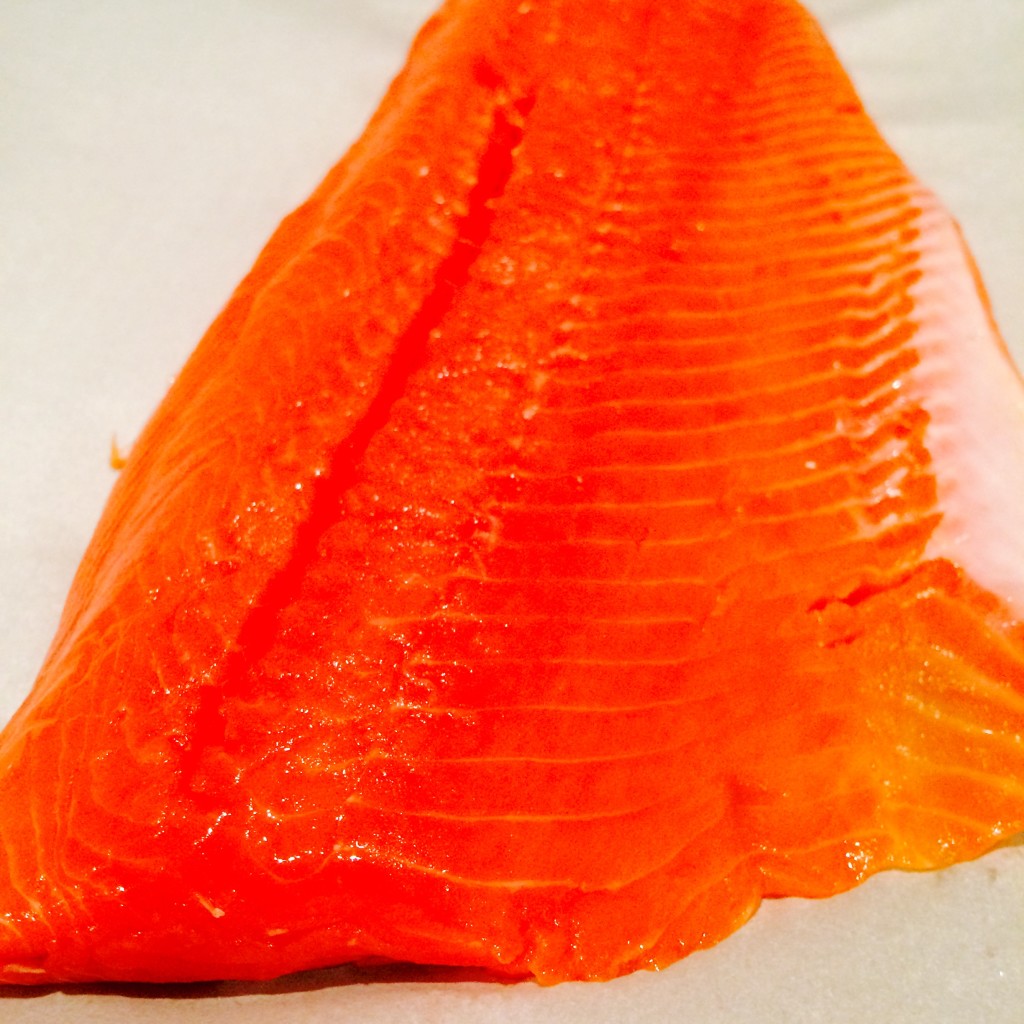
Tips for cooking fish.
Timing is important when it comes to cooking seafood. Overcooked fish is dry and not that tasty. Undercooked fish can be slimy or too soft, and no one wants that either. Perfectly cooked fish is moist, slightly firm and flavorful. You know it’s done when the inner flesh turns from translucent to opaque and when it’s just about to flake. Note that with many foods, even when you take them out of the oven or off the heat, they continue to cook. So if you take your fish out of the oven when you think it’s perfect, it might end up being overcooked.
Here’s the best way to cook your fish:
[1] find the thickest part of the fish and measure it
[2] for every inch of thickness, cook fish for 10 minutes
[3] if you’re using frozen fish that has not been defrosted, double the cooking time
And there you have it. Check out the recipe + directions below.
[seasoned + ready for the oven.]
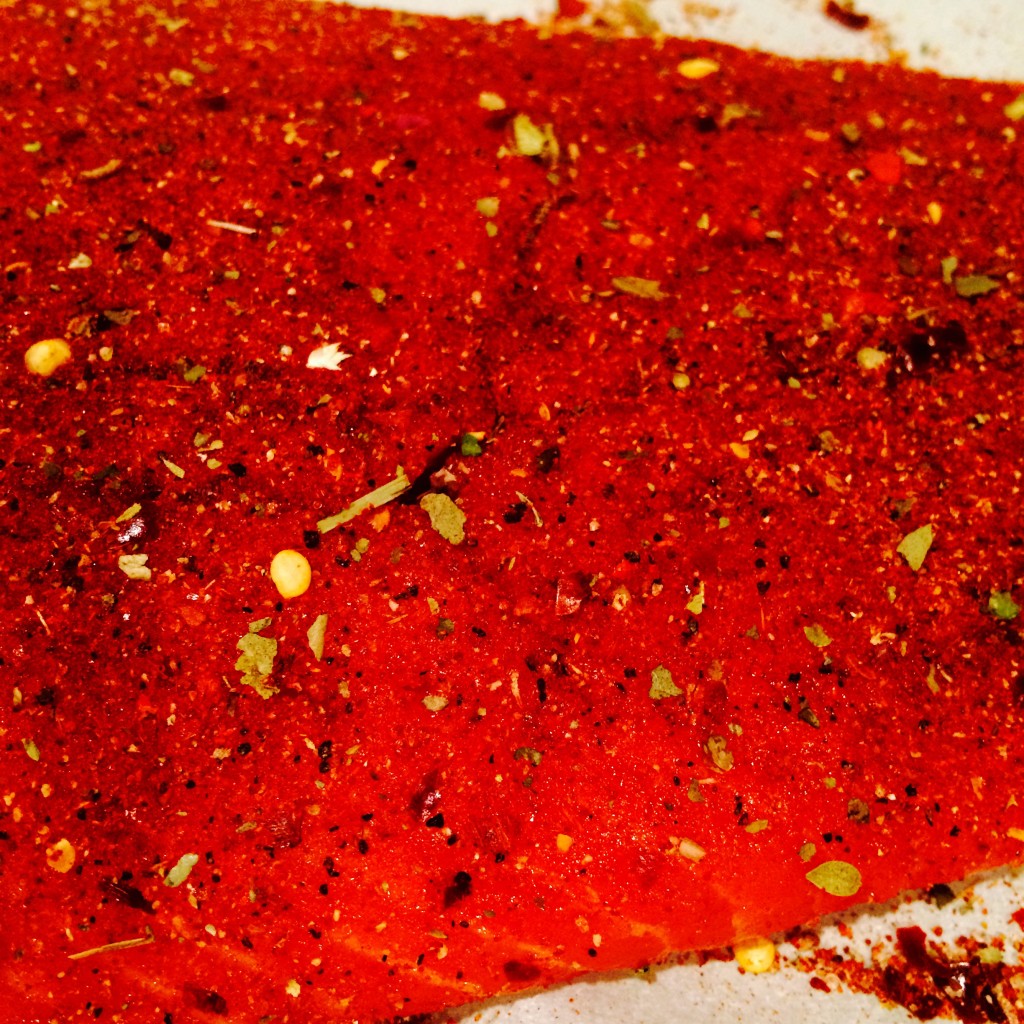
Blackened Salmon
servings: varies
Ingredients
- 1-2 pounds wild-caught salmon
- 1 Tbsp organic butter
- ½ tsp sea salt
- 1 tsp black pepper
- 1 tsp chili powder
- 1 tsp paprika
- ¼ tsp cayenne pepper [or less for decreased spiciness]
- ¼ tsp red pepper flakes
- ½ tsp cumin
- ½ tsp Italian seasoning
- squeeze of fresh lemon [after cooking]
Directions
Preheat oven to 350 degrees. Add all spices together in a small bowl. Place fish on a parchment paper lined baking sheet. Sprinkle spice mix over fish, and using hands, rub the spices into the fish until well coated. Cube butter into smaller cubes and place on top of fish, spreading as evenly as possible. Bake for 20-30 minutes depending on the thickness of your fish. When done, fish will become slightly flakey and the inner flesh will be a pale pink. To serve, squeeze with lemon and enjoy.
tip: for every inch of thickness, cook for 10 minutes.
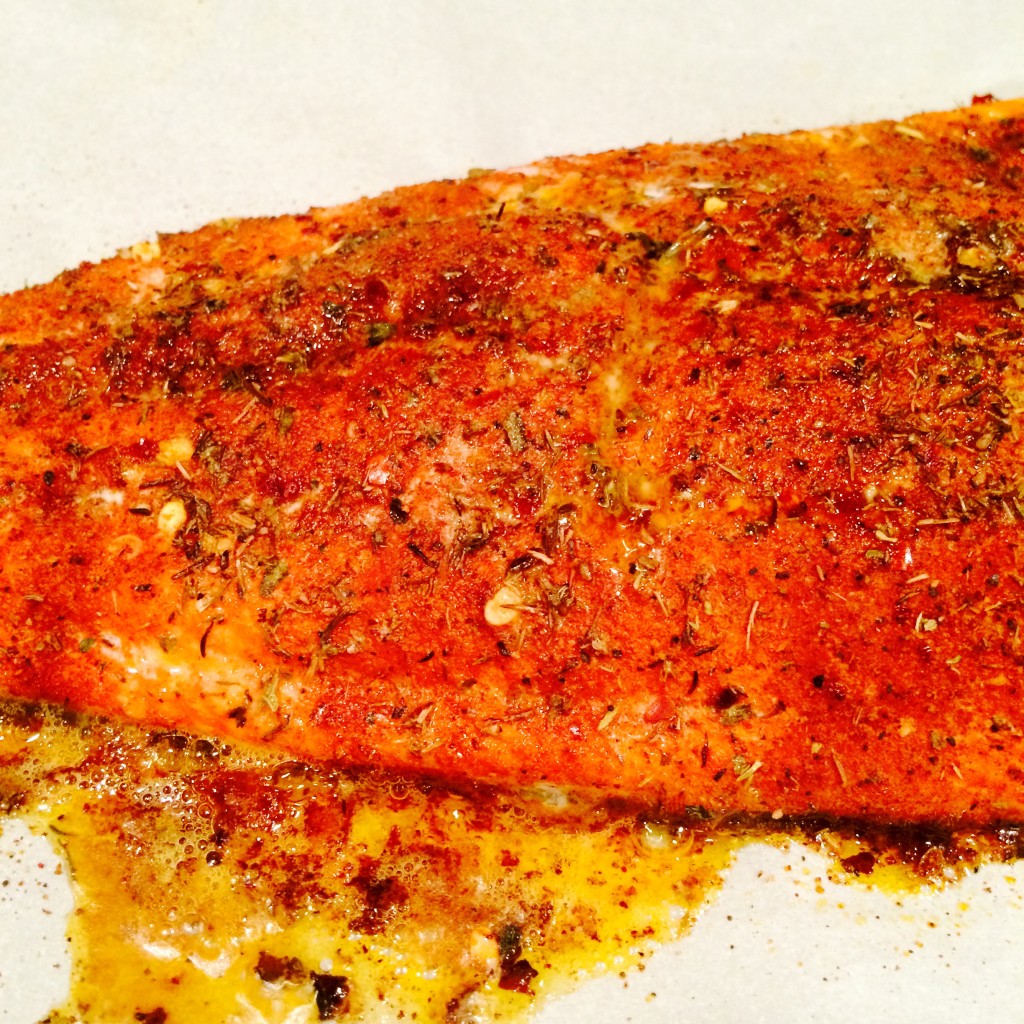
- 1-2 pounds wild-caught salmon
- 1 Tbsp organic butter
- ½ tsp sea salt
- 1 tsp black pepper
- 1 tsp chili powder
- 1 tsp paprika
- ¼ tsp cayenne pepper [or less for decreased spiciness]
- ¼ tsp red pepper flakes
- ½ tsp cumin
- ½ tsp Italian seasoning
- squeeze of fresh lemon [after cooking]
- Preheat oven to 350 degrees. A
- dd all spices together in a small bowl.
- Place fish on a parchment paper lined baking sheet.
- Sprinkle spice mix over fish, and using hands, rub the spices into the fish until well coated.
- Cube butter into smaller cubes and place on top of fish, spreading as evenly as possible.
- Bake for 20-30 minutes depending on the thickness of your fish.
- When done, fish will become slightly flakey and the inner flesh will be a pale pink.
- To serve, squeeze with lemon and enjoy.
Did you like this recipe? What are your favorite ways to eat fish? Let me know in the comment below!

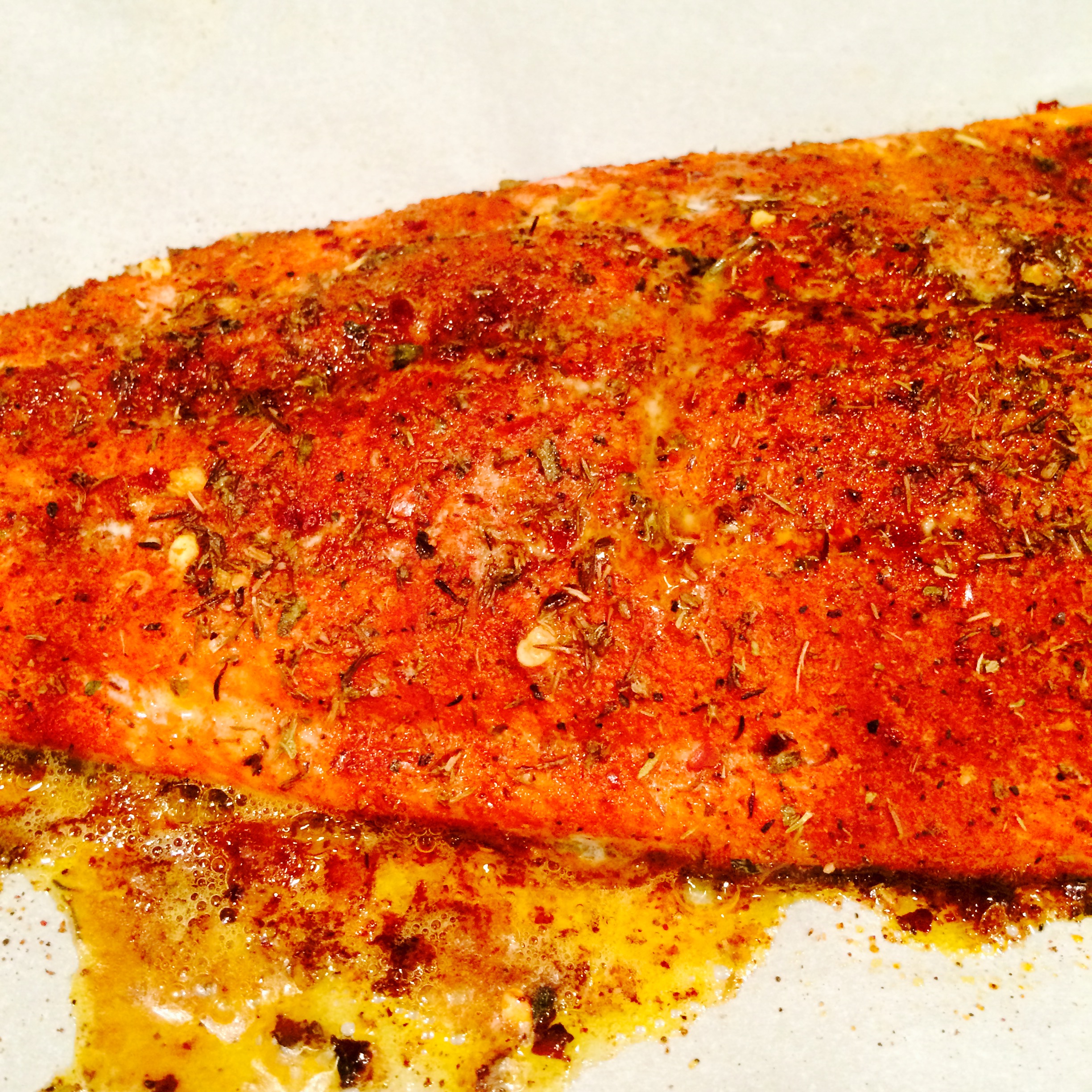
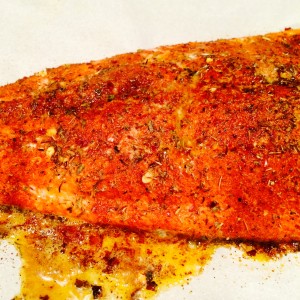
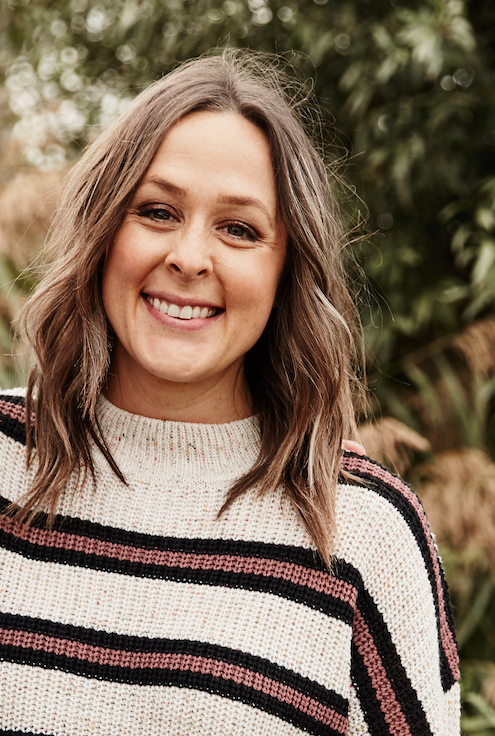


Very tasty and definitely zesty. Now I need ideas for what to do with the leftovers.
Glad you liked it! I love adding leftover salmon to a nice big salad the next day, with added veggies and a light olive oil + lemon or balsamic vinegar dressing. Or you could crumble it up and make salmon patties 🙂